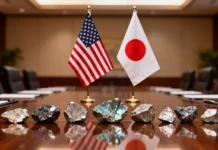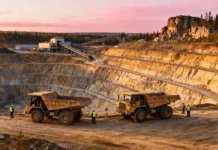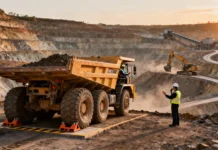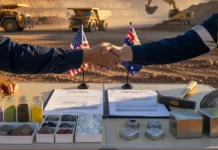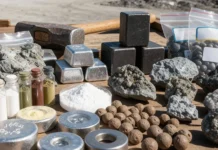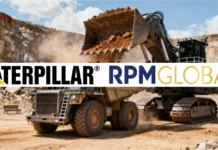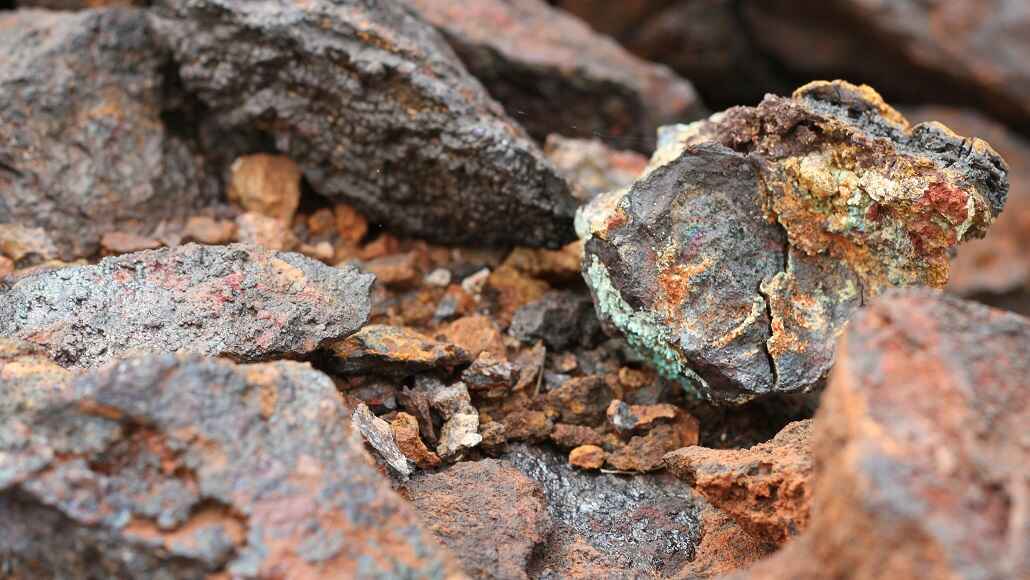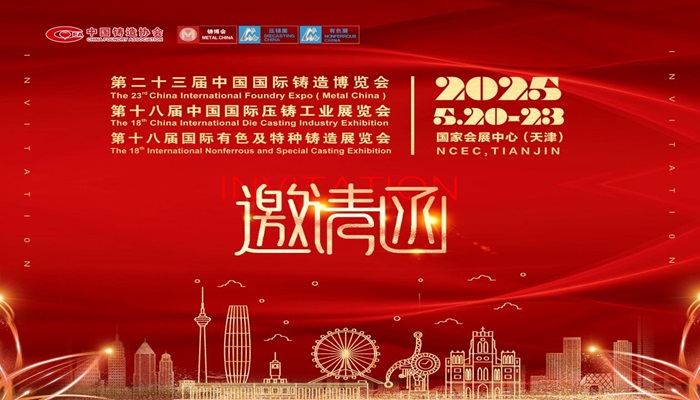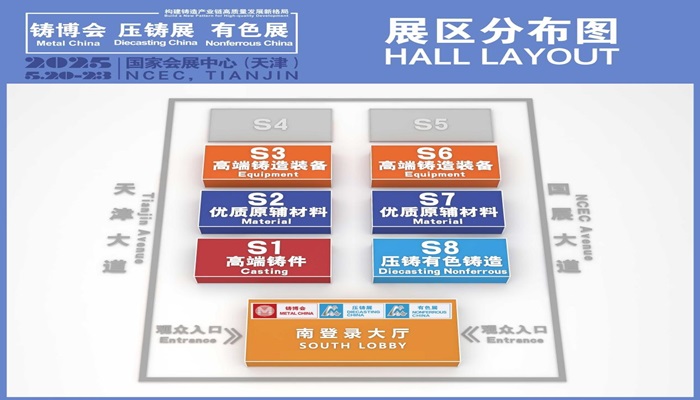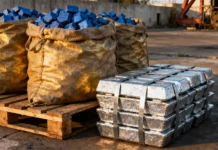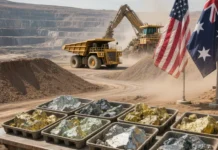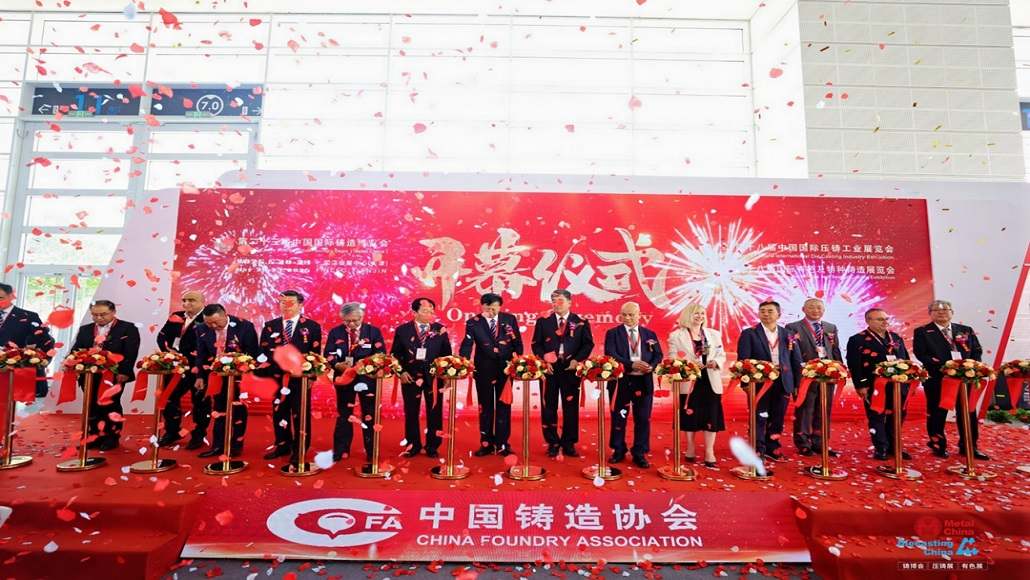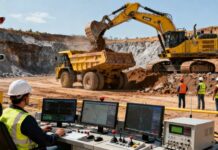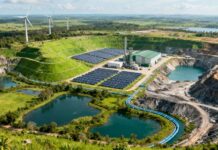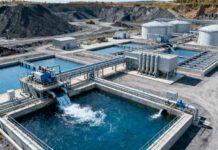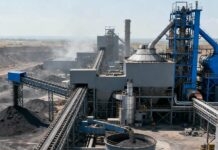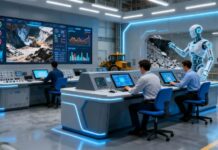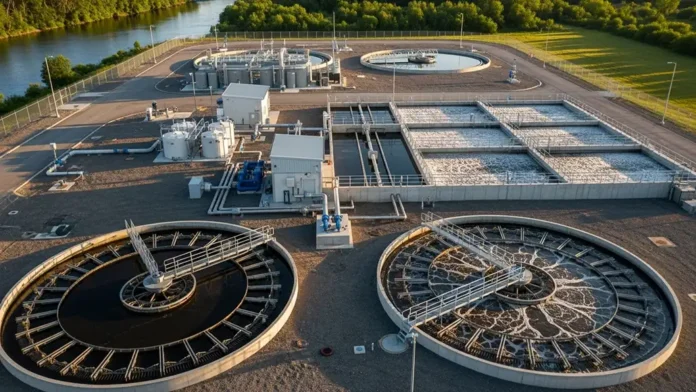Water management in mineral processing has evolved from a peripheral operational concern to a central strategic imperative that determines project viability, regulatory compliance, and long-term sustainability. Water recycling in mineral processing and zero liquid discharge technologies represent the pinnacle of sustainable water management, enabling mining operations to minimize freshwater consumption while eliminating liquid waste streams.
The global mining industry withdraws billions of gallons of water annually for processing operations, making it one of the world’s most water-intensive industrial sectors. As freshwater resources become increasingly scarce and environmental regulations tighten worldwide, the implementation of comprehensive water recycling systems and zero liquid discharge facilities transitions from competitive advantage to operational necessity.
Contemporary mineral processing operations face mounting pressure from multiple stakeholders including regulatory agencies, local communities, environmental organizations, and investors who increasingly prioritize environmental, social, and governance performance. Water recycling and zero liquid discharge technologies address these pressures while often delivering substantial economic benefits through reduced freshwater costs, eliminated discharge fees, and valuable byproduct recovery.
Zero Liquid Discharge Mining Technologies
Zero liquid discharge mining systems represent the most advanced approach to industrial water management, achieving complete elimination of liquid waste streams through sophisticated treatment processes that recover virtually all water while converting dissolved contaminants into manageable solid waste. These comprehensive systems integrate multiple treatment technologies to handle the complex water chemistry challenges inherent in mineral processing operations.
Thermal technologies form the foundation of most zero liquid discharge installations, utilizing evaporation and crystallization processes to concentrate dissolved solids while recovering high-purity water for reuse. Modern thermal systems employ energy-efficient designs including mechanical vapor compression, multi-effect evaporation, and waste heat integration that minimize energy consumption while maximizing water recovery rates.
Falling film evaporators represent the most energy-efficient thermal technology available for zero liquid discharge applications. These systems operate by distributing wastewater as a thin film along the interior surface of heat exchange tubes while compressed steam provides heating on the exterior surface. The evaporated water vapor undergoes compression and condensation to produce high-purity distillate while concentrated brine falls back into the system for further concentration.
Brine crystallizers complete the zero liquid discharge process by removing the final water content from concentrated solutions, producing solid crystalline waste that can be safely disposed of or potentially converted into valuable byproducts. These systems operate at elevated temperatures and pressures to achieve complete water recovery while producing dry solids suitable for landfill disposal or beneficial reuse.
Membrane technologies increasingly complement thermal systems in hybrid zero liquid discharge configurations that optimize energy consumption and capital costs. Reverse osmosis systems pre-concentrate wastewater streams before thermal treatment, reducing the load on energy-intensive evaporation systems while improving overall system efficiency.
Sustainable Water Use in Mining Plants
Sustainable water use in mining plants encompasses comprehensive strategies that optimize water consumption, maximize recycling rates, and minimize environmental impact through integrated water management systems. These approaches recognize water as both essential operational input and valuable resource requiring careful stewardship.
Closed-loop water circuits eliminate the continuous discharge of process water by recycling treated water back to processing operations. These systems typically achieve water recycling rates exceeding ninety percent, dramatically reducing freshwater requirements while eliminating liquid discharge to receiving waters. Advanced treatment systems ensure recycled water meets quality specifications for different process applications.
Water quality management becomes increasingly critical as recycling rates increase and dissolved solids concentrations accumulate within closed-loop systems. Selective removal technologies including ion exchange, membrane filtration, and chemical precipitation maintain water quality within acceptable ranges while preventing the buildup of harmful contaminants that could impact processing performance.
Process water optimization involves systematic evaluation of water requirements throughout mineral processing circuits to identify opportunities for reducing consumption and improving recycling efficiency. Water audit programs quantify water flows, quality parameters, and usage patterns while identifying specific conservation opportunities and optimization strategies.
Alternative water sources reduce dependence on freshwater resources through utilization of seawater, brackish groundwater, municipal wastewater, and other non-traditional water supplies. These alternative sources require specialized treatment systems but often provide more reliable water supplies than freshwater resources that may be subject to allocation restrictions or drought conditions.
Rainwater harvesting systems capture precipitation for beneficial use in processing operations, particularly in arid regions where every drop of water represents valuable resource. These systems incorporate sophisticated collection, storage, and treatment facilities that maximize water recovery while ensuring adequate quality for intended applications.
Mineral Processing Water Treatment Systems
Advanced mineral processing water treatment systems integrate multiple technologies to address the complex water chemistry challenges associated with different ore types and processing methods. These comprehensive systems must handle widely varying contaminant loads while maintaining consistent treatment performance and operational reliability.
Primary treatment systems remove suspended solids, oils, and other physical contaminants through sedimentation, filtration, and flotation processes. High-rate clarifiers, sand filters, and dissolved air flotation systems provide effective removal of particulate matter while preparing wastewater for subsequent treatment stages.
Chemical treatment processes neutralize acidic or alkaline conditions while precipitating dissolved metals and other contaminants as solid sludges that can be safely disposed of or potentially processed for metal recovery. Lime neutralization, sulfide precipitation, and coagulation-flocculation systems provide reliable removal of heavy metals and other dissolved contaminants.
Biological treatment systems utilize naturally occurring or engineered microorganisms to remove organic contaminants and perform specialized treatment functions including sulfate reduction and metal recovery. Constructed wetlands, bioreactors, and permeable reactive barriers provide passive treatment solutions that require minimal energy input while achieving effective contaminant removal.
Advanced oxidation processes utilize powerful oxidizing agents including ozone, hydrogen peroxide, and ultraviolet radiation to break down recalcitrant organic compounds that resist conventional treatment methods. These processes enable treatment of complex organic contaminants including processing reagents, lubricants, and other industrial chemicals.
Membrane technologies provide precise separation capabilities that enable selective removal of specific contaminants while retaining valuable process chemicals for reuse. Ultrafiltration, nanofiltration, and reverse osmosis systems offer different separation characteristics that can be optimized for specific water treatment applications.
Wastewater Recycling in Mining Implementation
Successful wastewater recycling implementation requires careful planning that considers process requirements, water quality characteristics, treatment technology selection, and integration with existing operations. These comprehensive approaches ensure maximum recycling efficiency while maintaining operational reliability and regulatory compliance.
Water balance modeling determines optimal recycling rates and treatment requirements by analyzing water flows, quality parameters, and process demands throughout mining operations. These models identify opportunities for maximizing recycling while ensuring adequate water quality for different applications.
Treatment train design integrates multiple treatment technologies in optimal sequences that achieve required water quality while minimizing capital and operating costs. Properly designed treatment trains provide redundancy and flexibility while optimizing chemical usage and energy consumption.
Process integration ensures recycling systems operate seamlessly with existing processing circuits without disrupting production or compromising product quality. Integration planning considers pumping requirements, storage needs, quality control systems, and emergency response procedures.
Monitoring and control systems provide real-time visibility into system performance while enabling automated responses to changing conditions. These systems track water quality parameters, flow rates, chemical consumption, and equipment performance while generating alerts for conditions requiring operator attention.
Maintenance programs ensure reliable long-term operation of recycling systems through preventive maintenance, spare parts management, and operator training. Comprehensive maintenance programs minimize unplanned downtime while optimizing system performance and extending equipment life.
Water Efficiency Mining Technology
Modern water efficiency technologies optimize water usage throughout mineral processing operations while maintaining high processing performance and product quality. These technologies address water conservation at every stage of processing from ore preparation through final product recovery.
Smart water management systems utilize Internet of Things sensors, artificial intelligence algorithms, and automated control systems to optimize water usage throughout processing facilities. These systems continuously monitor water flows, quality parameters, and process conditions while automatically adjusting operations to minimize water consumption.
Process optimization technologies reduce water requirements through improved equipment designs, enhanced process chemistry, and integrated process control. High-efficiency thickeners, improved flotation cells, and optimized grinding circuits reduce water consumption while often improving recovery rates and product quality.
Dry processing technologies eliminate or reduce water requirements for specific processing applications. Dry magnetic separation, pneumatic classification, and electrostatic separation systems process ores without water while often providing superior environmental performance compared to wet processing alternatives.
Water recovery systems maximize the capture and reuse of process water through improved equipment design and enhanced water management practices. Tailings dewatering systems, process water clarification, and integrated water treatment enable higher recycling rates while reducing overall water requirements.
Leak detection and prevention systems minimize water losses through early identification and rapid repair of equipment leaks, pipe failures, and other water loss sources. Acoustic monitoring, pressure testing, and visual inspection programs identify problems before they result in significant water losses.
Economic and Environmental Benefits
The implementation of comprehensive water recycling and zero liquid discharge systems delivers substantial economic and environmental benefits that extend well beyond immediate cost savings. These benefits position mining operations advantageously within increasingly competitive and regulated operating environments.
Operational cost reductions result from decreased freshwater purchases, eliminated discharge fees, and reduced waste disposal costs. Water recycling systems typically achieve payback periods of three to seven years while providing ongoing operational savings throughout their operational life. Zero liquid discharge systems often command longer payback periods but eliminate long-term environmental liabilities and provide protection against escalating discharge regulations.
Revenue generation opportunities arise from valuable byproduct recovery including metals, salts, and industrial chemicals that can be extracted from concentrated waste streams. Advanced treatment systems can recover copper, nickel, rare earth elements, and other valuable materials that would otherwise be lost in traditional discharge systems.
Regulatory compliance benefits include protection against current and future discharge regulations while eliminating the need for discharge permits and associated regulatory oversight. Zero liquid discharge systems provide the ultimate regulatory protection by eliminating liquid discharge entirely.
Environmental stewardship benefits include protection of surface and groundwater resources, reduced stress on water supply systems, and elimination of long-term environmental monitoring requirements. These benefits support social license to operate while positioning companies as environmental leaders within their communities.
Risk mitigation benefits include protection against water supply disruptions, regulatory changes, and community opposition. Self-sufficient water systems reduce vulnerability to external factors while eliminating potential liability associated with environmental contamination.
The future of mineral processing depends increasingly on operations that successfully integrate advanced water management technologies with efficient processing systems. Water recycling and zero liquid discharge technologies represent essential components of sustainable mining operations that balance economic objectives with environmental stewardship and social responsibility. Through strategic implementation of these technologies, mining companies position themselves for long-term success while contributing meaningfully to responsible resource development.


